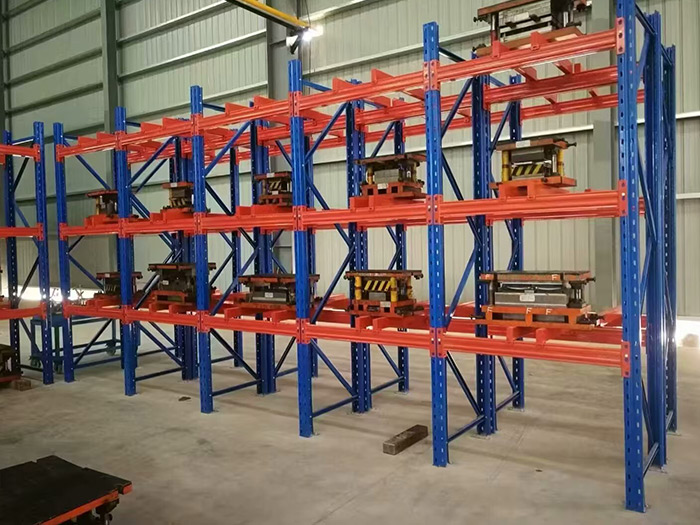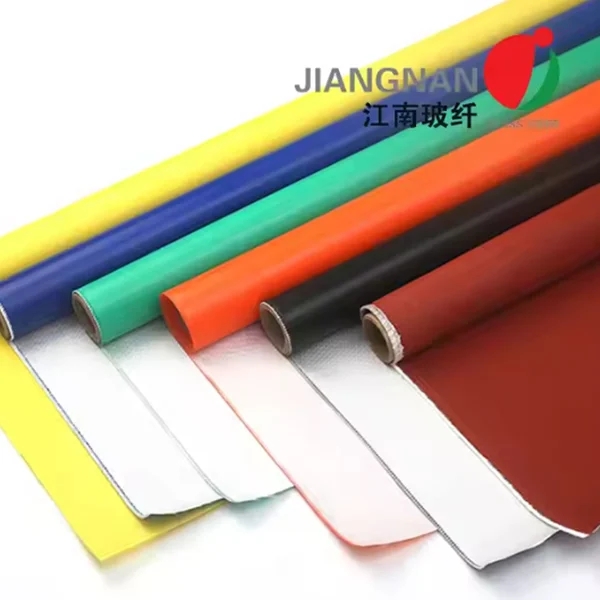Mastering the Art of Smoothing Plywood: Techniques Beyond Sanding
When it comes to woodworking, achieving a smooth finish on plywood is often a crucial step in the process. While sanding is the most common method employed, it can be time-consuming and messy. Fortunately, there are several alternative techniques that can yield a smooth surface without the need for traditional sanding. In this article, we will explore these methods in detail, providing you with practical insights and tips to enhance your woodworking projects.
Understanding Plywood and Its Characteristics
Before diving into smoothing techniques, it’s essential to understand the nature of plywood. Plywood is made from thin layers of wood veneer glued together, which gives it strength and stability. However, the surface can often be rough or uneven due to the manufacturing process. The goal of smoothing plywood is not only to enhance its appearance but also to prepare it for finishing, painting, or staining.
- Using a Planer for a Smooth Finish
One of the most effective ways to smooth plywood without sanding is by using a planer. A planer can remove a thin layer of material from the surface, resulting in a flat and smooth finish. Here’s how to do it:
- Set Up the Planer: Adjust the depth of the planer to remove only a small amount of material at a time. This will help prevent tear-out, which can occur with plywood.
- Feed the Plywood: Carefully feed the plywood through the planer, ensuring it is supported on both ends to avoid snipe (a dip at the beginning or end of the board).
- Check for Smoothness: After planing, inspect the surface for any imperfections. If necessary, make additional passes until the desired smoothness is achieved.
- Utilizing a Router with a Flush Trim Bit
A router can also be an excellent tool for smoothing plywood edges and surfaces. By using a flush trim bit, you can achieve a clean and polished edge. Here’s how to use a router effectively:
- Select the Right Bit: Choose a flush trim bit that matches the thickness of your plywood.
- Secure the Plywood: Clamp the plywood securely to your workbench to prevent movement during routing.
- Route the Edges: Carefully run the router along the edges of the plywood. The bit will trim away any rough spots, leaving a smooth finish.
- Employing a Card Scraper
For those who prefer hand tools, a card scraper is an excellent option for smoothing plywood. This method allows for precise control and can be particularly effective on delicate surfaces. Here’s how to use a card scraper:
- Prepare the Scraper: Sharpen the edges of the card scraper to ensure it cuts cleanly. A well-prepared scraper can remove material without tearing the wood.
- Scrape the Surface: Hold the scraper at a slight angle and apply even pressure as you move it across the surface. Work in the direction of the grain to avoid damaging the veneer.
- Inspect and Repeat: Check the surface frequently and continue scraping until you achieve the desired smoothness.
- Using Chemical Solutions
Another innovative approach to smoothing plywood is through the use of chemical solutions. Certain products can help raise the grain of the wood, making it easier to achieve a smooth finish. Here’s how to use this method:
- Select the Right Product: Look for wood conditioners or grain-raising solutions specifically designed for plywood.
- Apply the Solution: Follow the manufacturer’s instructions to apply the solution evenly across the surface.
- Let it Dry: Allow the product to dry completely, then lightly scrape or wipe the surface to remove any raised fibers.
- Finishing Techniques for a Smooth Surface
Once you have achieved a smooth surface using any of the above methods, the final step is to apply a finish. Here are some finishing techniques to consider:
- Use a High-Quality Primer: If you plan to paint the plywood, a high-quality primer can help fill in any remaining imperfections and provide a smooth base for paint.
- Opt for a Clear Coat: For a natural wood finish, consider using a clear coat such as polyurethane or varnish. These products can enhance the wood’s appearance while providing protection.
Conclusion
Smoothing plywood without sanding is not only possible but can also lead to superior results when done correctly. By utilizing tools such as planers, routers, and scrapers, or even chemical solutions, you can achieve a professional finish that enhances the beauty of your woodworking projects. Remember to always prioritize safety and take your time to ensure the best results. With these techniques in your toolkit, you’ll be well-equipped to tackle any plywood project with confidence and skill.


